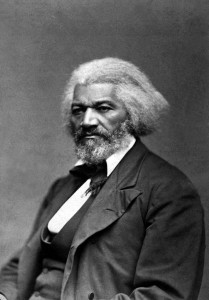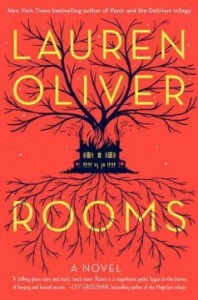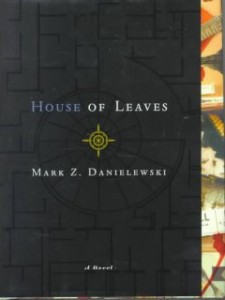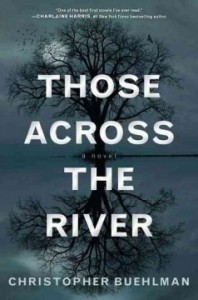“Come with me, Douglass; I will defend you with my life. I want you for a special purpose.”
John Brown to Frederick Douglass before the Harpers Ferry Raid

Exact Date Shot Unknown
NARA FILE #: 200-FL-22
WAR & CONFLICT BOOK #: 113
Of the many people who have spoken at the Peabody Institute, few could speak to the types of experiences that Frederick Douglass faced when he spoke on Tuesday, December 16, 1873. When the doors to the Lyceum opened at 7 PM “every available chair in the building was pressed into service and the platform furnished seats for a few more, […] both aisles and the gallery were overflowing also,” The Peabody Press reported. It was estimated that nearly 300 people had to be turned away. Before Douglass, the most well attended event at the Peabody Institute was Gillmore’s Band, which performed in the Lyceum.
Why did so many people want to hear Douglass speak? This escaped slave turned famous orator was by 1873 well-known both nationally and internationally, in part because of his autobiography: Narrative of the Life of Frederick Douglass, and American Slave, which was published in 1845. Douglass was also an outspoken supporter of the women’s suffrage movement. The year before Douglass’ speech at the Peabody Institute Lyceum, he was nominated for Vice President of the United States – the first African American ever nominated for that position – on the Equal Rights Party ticket.
Back at the Lyceum in 1873, the lucky ones who attended Douglass’ lecture faced additional issues. Because of the stale air and cigarette and cigar smoke, along with poor ventilation because the lecture was held during the winter, some in attendance fainted, which “caused much sympathy from many others oppressed” by the heat and foul air. Douglass was not the only person on the stage. He shared it with the Mayor of Lynn and Rev. Beebe of England who also had his daughter along. Yet when Douglass started to speak, everyone listened, transfixed, for the nearly two hour duration of his speech.
The name of Douglass’ lecture was titled “Reminiscences of Slavery and Anti-Slavery” and since the lecture took place less than ten years after the end of the Civil War, it would have resonated significantly with most in the crowd. He spoke not of his own experiences, which he had done in the area previously, but of a moment that he had with John Brown regarding Harpers Ferry. While there is no existing transcript of Douglass’ speech, based on The Peabody Press article, as well as other sources, Douglass may have spoken about his last meeting with John Brown in Chambersburg, PA where Brown made his final arrangements to raid Harpers Ferry.
In Douglass’ autobiography The Life and Times of Frederick Douglass, he talks about his final meeting with Brown and how Brown had finally committed to taking hostages at Harpers Ferry, which would allow Brown to “dictate terms of egress from the town.” Douglass told Brown that his plan would not work and that he was “striking a blow which should instantly rouse the country […].” He was against Brown’s plan and urged him not to go through with it. Despite Douglass’ pleas, John Brown followed through on his plans to take Harpers Ferry. He failed, was tried, found guilty and hung. To many abolitionists, Brown died a martyr, but others blamed him for fueling the fire that helped lead to the Civil War. We may never know Douglass’ thoughts at the Lyceum lecture, but in a speech given about John Brown at the Fourteenth Anniversary of Storer College (a historically black college located in Harpers Ferry) in 1881, Douglass noted that those who perpetuated slavery were more to blame than Brown.
Although Douglass was about fifty-five at the time of his Lyceum lecture, the Peabody Press states “his voice was clear, his diction faultless, his style vigorous and masterly and no prejudice can fail to accord him high hours as master in the art of eloquence.” Once Douglass finished he received a thunderous applause from the audience. According to the Twenty-Second Peabody Institute Annual Report, Douglas was paid $100 to speak which would be about $1,948.10 today.
Though Douglass only spoke at the Library once, his topic and message may have struck a chord with Library Trustees on the Lyceum Committee. In the Annual Report the Lyceum Committee members noted that “It is of the highest importance that first class lecturers be secured, while it is of less importance what is the theme […].” In prior years the lectures were formed around a theme or had similarities that ran through the lecture series. And from the 1873 lecture series onward, the lectures would cover wider topics and themes.




